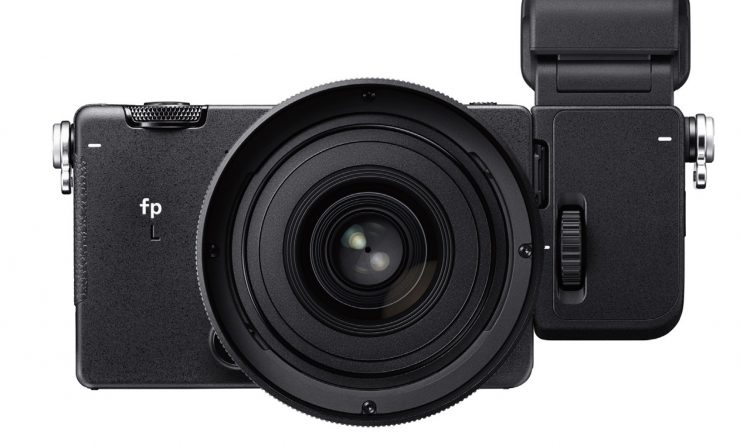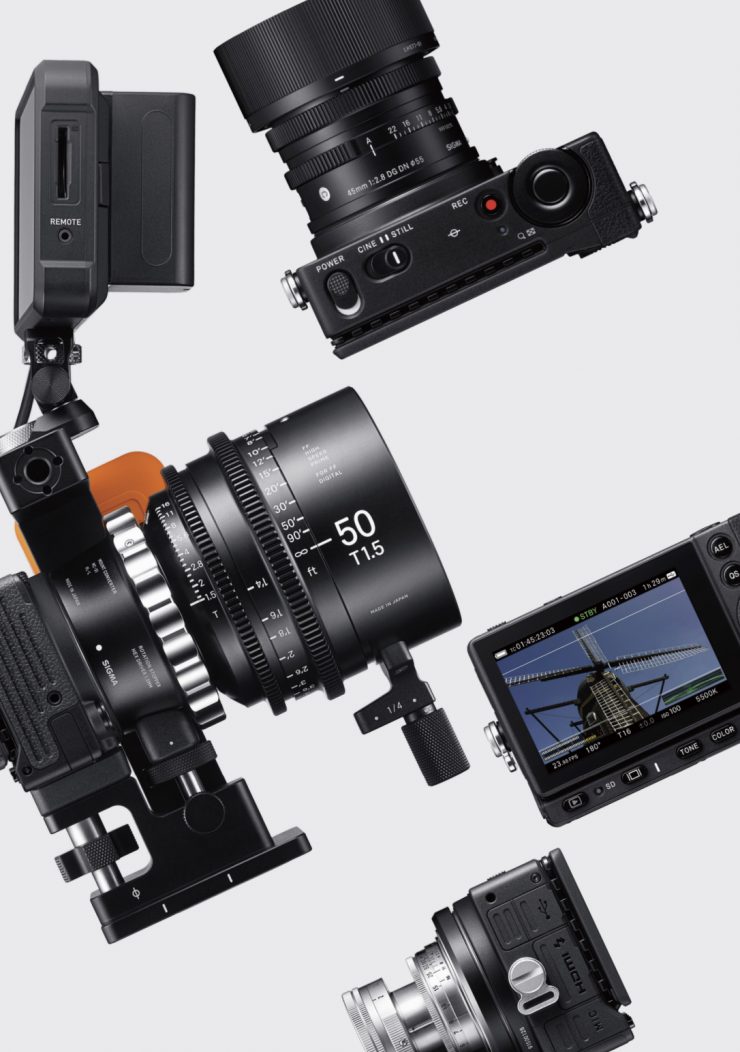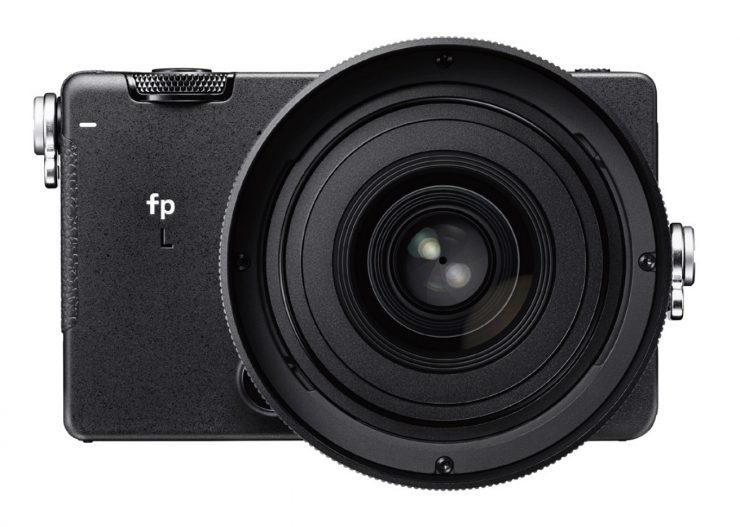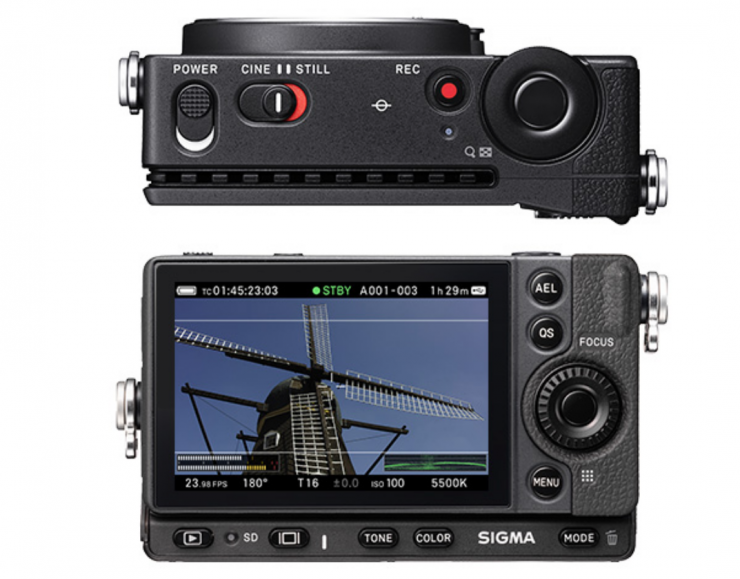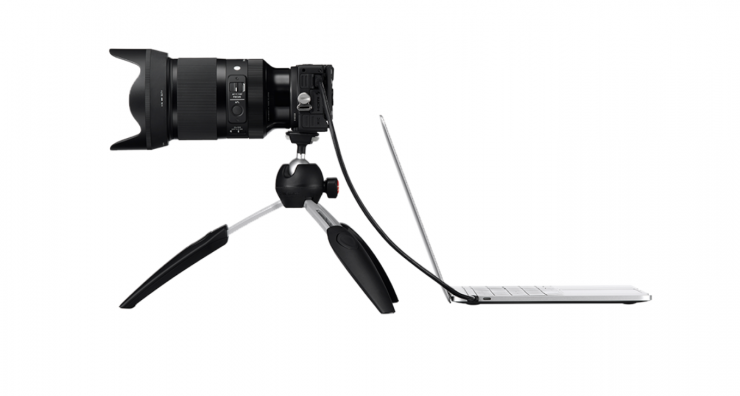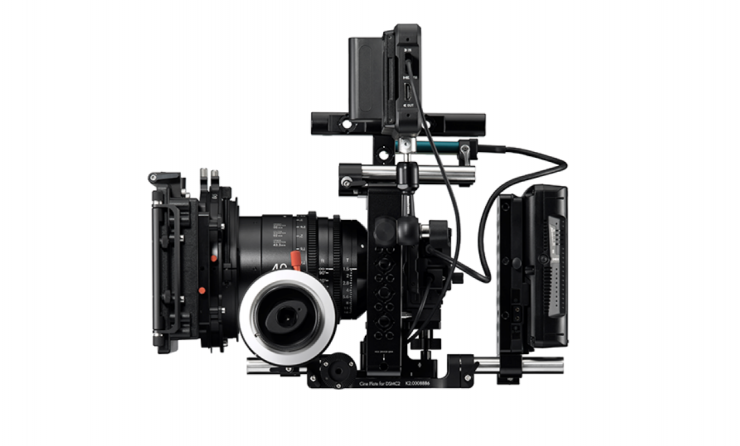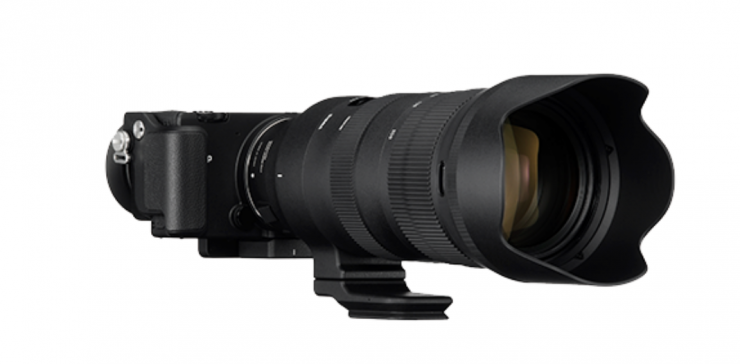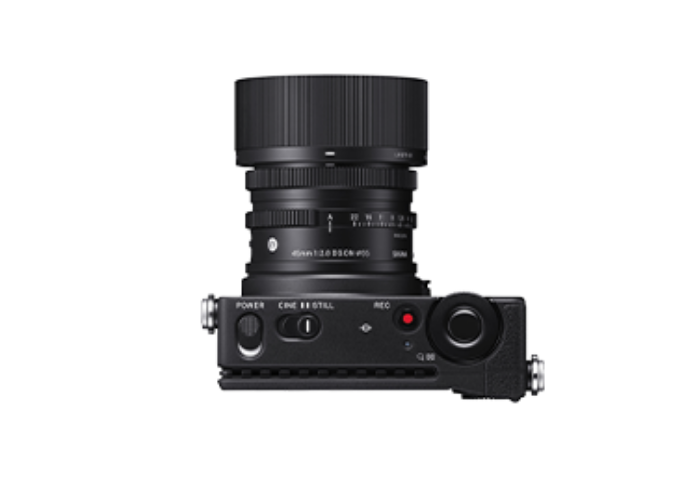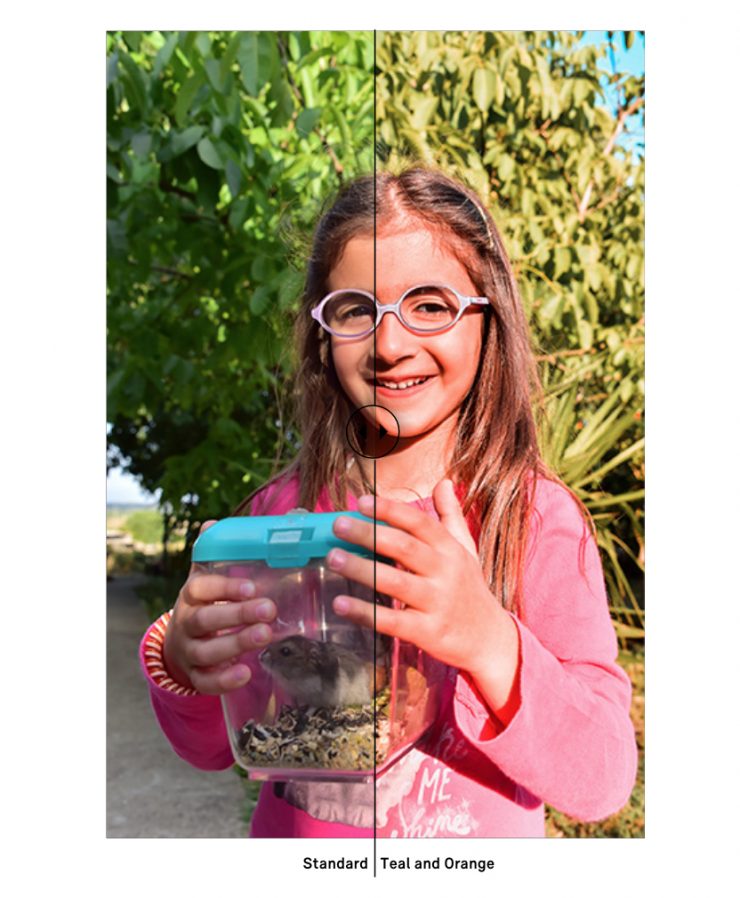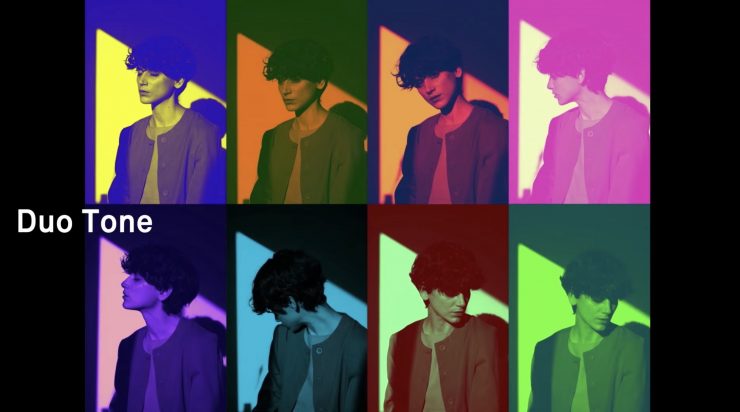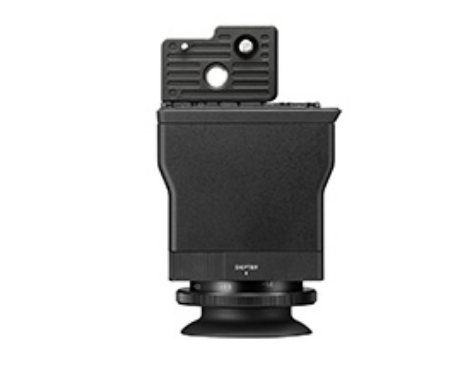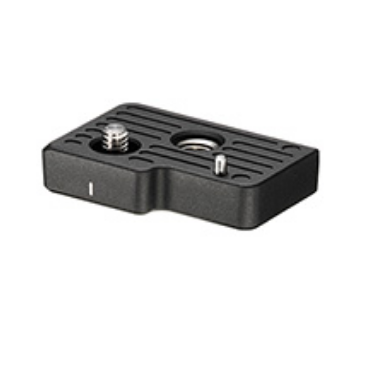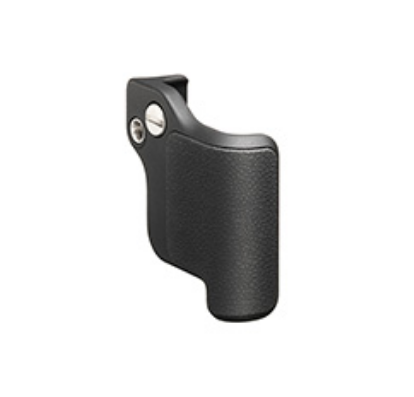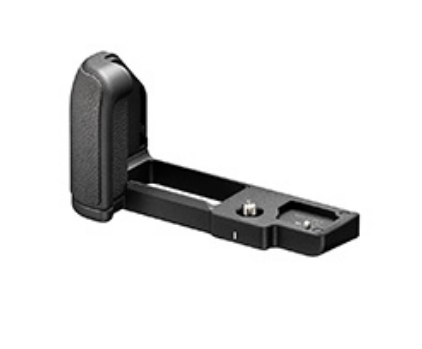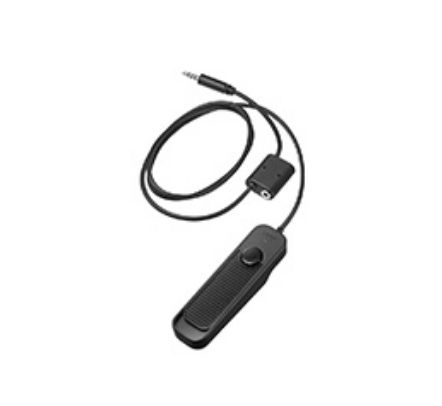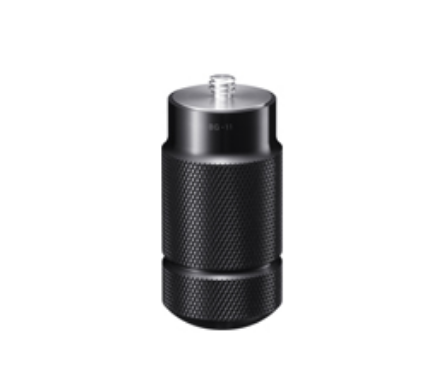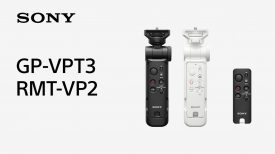Sigma has announced the new SIGMA fp L and the EVF-11 Electronic Viewfinder. The fp L is a new addition to the fp system and is not a replacement for the original fp that was announced in July 2019.
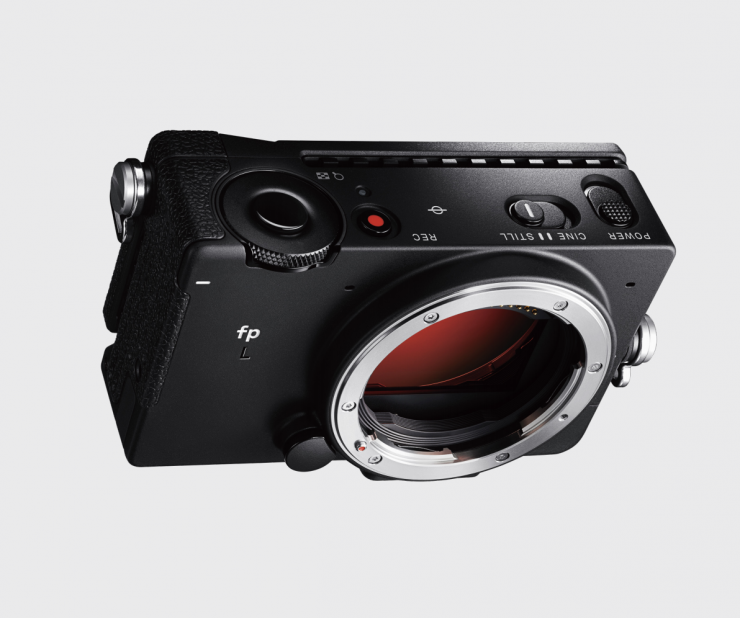
Sigma is touting the fp L as being the world’s smallest and lightest single-lens mirrorless camera with an approx. 61MP full-frame image sensor.
You can watch the product announcement above.
So how is it different from the fp?
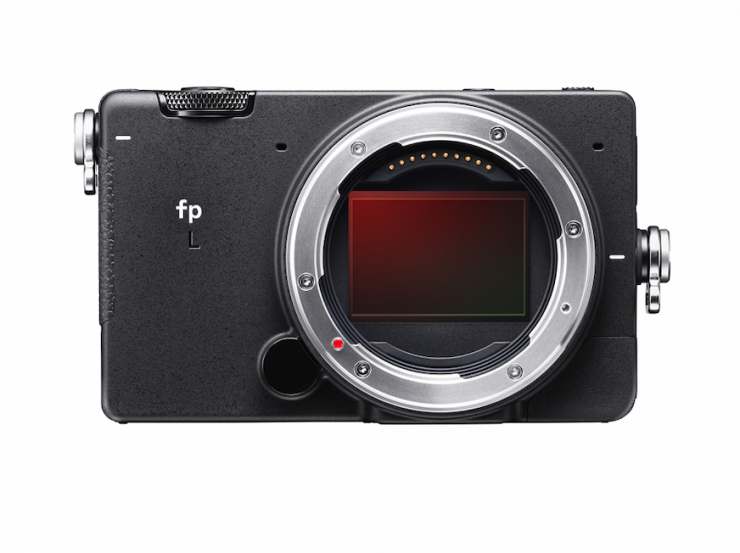

fp L 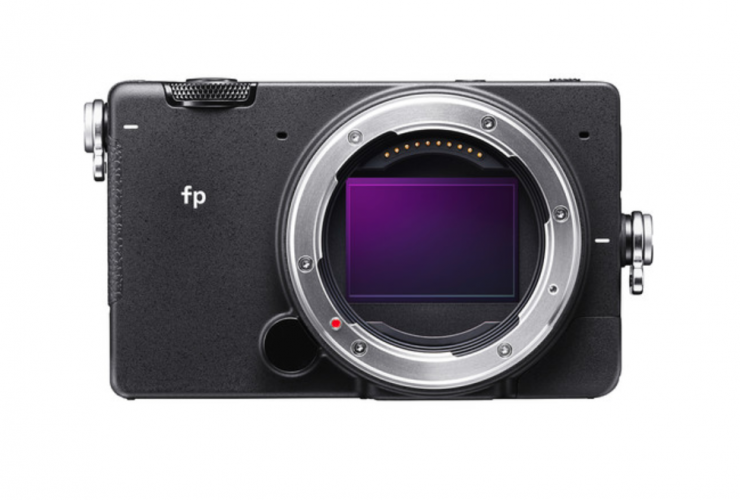
fp
On the surface the new fp L looks almost identical to the fp, so what is different?
- 61MP image sensor
- Hybrid autofocus (AF) that combines contrast and phase-detection
- Crop Zoom
- USB charging while the camera is on
As you can see the key differences between the fp and the fp L are the sensor size, autofocus system, and crop zoom.
| Sigma fp L | Sigma fp | |
| SENSOR TYPE | 35 mm full-frame (36.0 mm x 24.0 mm) Back-illuminated Bayer CMOS sensor | 35 mm full-frame (35.9 mm x 23.9 mm) Back-illuminated Bayer CMOS sensor |
| CAMERA EFFECTIVE PIXELS | Approx. 61 MP | Approx. 24.6 MP |
| CAMERA TOTAL PIXELS | Approx. 62.4 MP | Approx. 25.3 MP |
| AF SYSTEM | Image plane phase-difference AF + Contrast detection system, Single AF, Continuous AF (with moving object prediction function), Manual Focus | Contrast detection system, Single AF, Continuous AF (with moving object prediction function), Manual Focus |
Recording Resolutions & Frame Rates
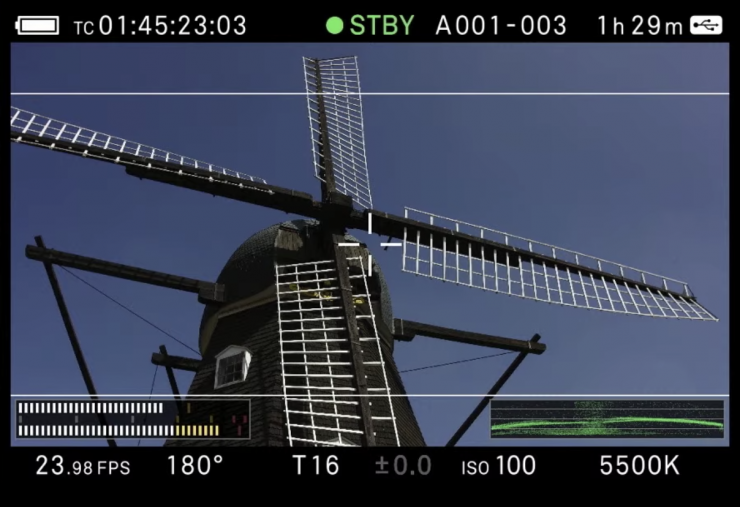
Despite having a larger sized sensor, the fp L has the exact same recording options as the original.
It can record in CinemaDNG (8 bit, 10 bit, 12 bit) or MOV: H.264 (ALL-I, GOP).
Below are the resolutions and frame rates the fp L is capable of:
Internal Recording
3840 x 2160 (UHD 4K): 23.98p, 24p, 25p, 29.97p
1920 x 1080 (FHD): 23.98 p, 24 p, 25 p, 29.97 p, 48 p, 50 p, 59.94 p, 100 p*, 119.88 p*
* Automatic crop zoom setting is 1.67x
External Recording
4096 x 2160 (DCI 4K): 24p ※Only for RAW output
3840 x 2160 (UHD 4K): 23.98p, 24p, 25p, 29.97p
1920 x 1080 (FHD): 23.98p, 24p, 25p, 29.97p, 48p, 50p, 59.94p, 100p*, 119.88p*
* Automatic crop zoom setting is 1.67x
As you can see you are limited to recording 3840 x 2160 (UHD 4K) at up to 29.98p both internally and externally. There are no options available for recording higher frame rates unless you drop down to HD resolution. You also need to be aware that when shooting 100p and 119.88p that the automatic crop zoom setting is 1.67x.
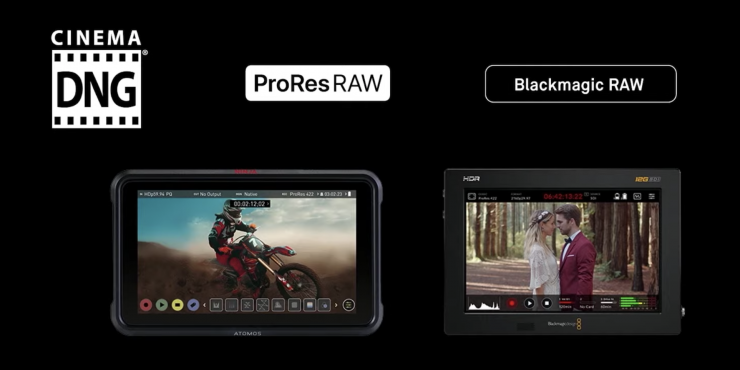
4K DCI is only available if you are recording RAW externally and it is limited to 24p capture only.
It is perhaps a little strange that CinemaDNG is still the internal RAW recording format, however, due to RED’s patents, there aren’t a lot of other options available. Perhaps Sigma could have done a deal with Blackmagic so the fp L and fp could record Blackmagic RAW internally.
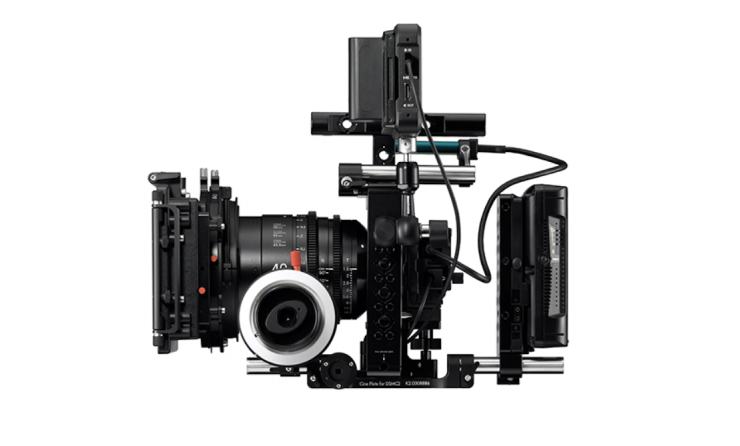
According to Sigma, the following external recorders are compatible:
- Atomos Ninja
- Blackmagic Video Assist 4K
The fp L and fp support the ATOMOS Open Protocol. You can use the camera’s operation to start and stop shooting on an external recorder.
61MP Sensor
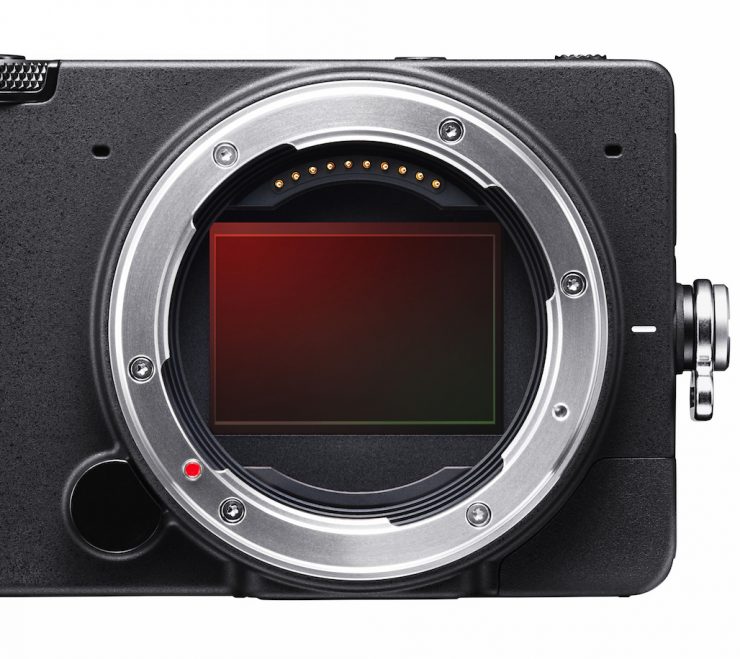
The SIGMA fp L features a Bayer sensor with approximately 61 effective megapixels. The fp L also benefits from having a low-pass filter to keep moiré to minimum levels.
The base ISO levels when shooting in the CINE mode are as follows:
CinemaDNG 12 bit / HDMI RAW: ISO 100, 1250
MOV / CinemaDNG 10 bit, 8 bit, HDMI 4:2:2 8 bit: ISO 100, 250
These are slightly different from those of the fp:
| Sigma fp L | Sigma fp | |
| CinemaDNG 12 bit / HDMI RAW | ISO 100, 1250 | ISO 100, 3200 |
| MOV / CinemaDNG 10 bit, 8 bit, HDMI 4:2:2 8 bit | ISO 100, 250 | ISO 100, 640 |
Crop Zoom
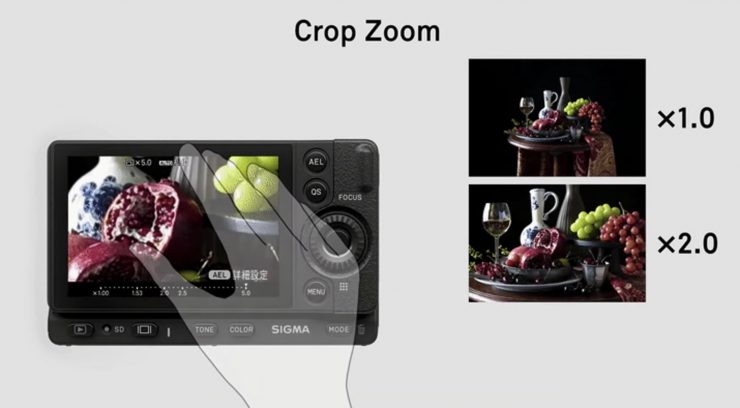
As the fp L features a high pixel count sensor, Sigma has given the camera a crop zoom feature that works in both the STILL and CINE modes. This crop zoom feature allows the fp L to record in full HD quality even at its maximum 5x zoom. According to Sigma, this is accomplished by cropping with no digital enhancement so that the image quality will not suffer.
To utilize the crop zoom you can pinch to zoom on the LCD touch screen.
Still Capabilities
With the larger MP sensor comes increased still capabilities when it comes to the size of the images that can be captured.
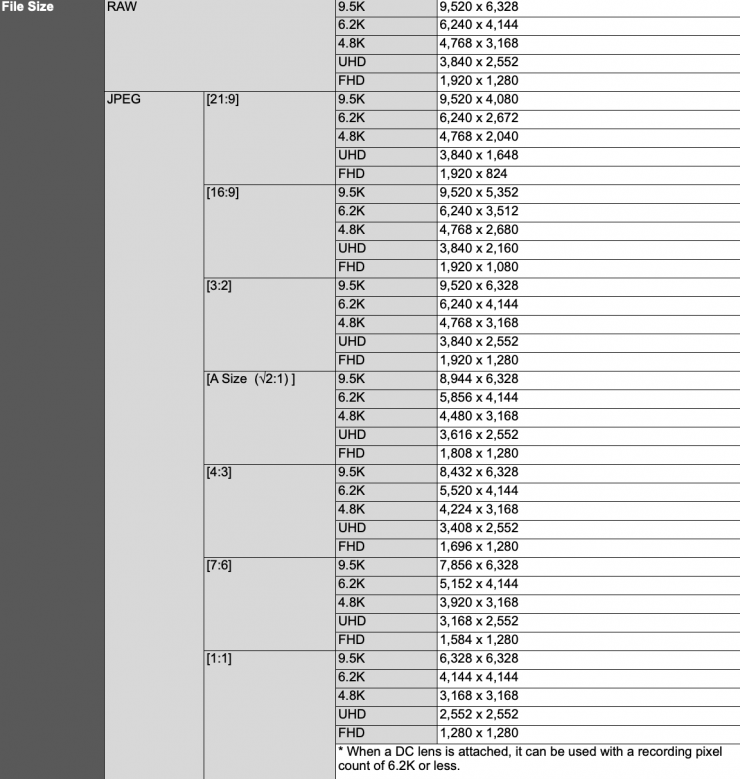
You can record either RAW or JPEG images up to 9520 x 6328.
The base ISO for stills is ISO 100/400 whereas on the fp it is 100/640.
In High-Speed mode, you can capture approx. 10 shots/ sec, in Medium Speed approx. 5 shots/ sec, and in Low Speed approx. 3 shots/ sec. As a comparison with the fp you can do up to 18 shots/ sec in the High-Speed mode.
For still photography, the camera has face detect AF, Eye AF, a full-time silent shooting mode, as well as HDR modes.
Same Same
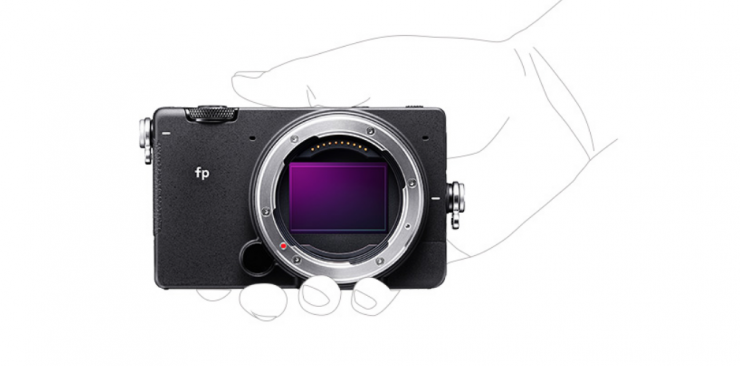
Just like the original fp, Sigma wanted to create a high-performance, interchangeable lens camera that had the form factor of a smartphone.
The fp L weighs 375 g / 13.2 oz. (Camera body only) and 427 g / 15.1 oz. (including battery and SD card). As a comparison the fp tips the scales at 370 g / 13.0 oz. (Camera body only) and 422 g / 14.9 oz. (including battery and SD card.
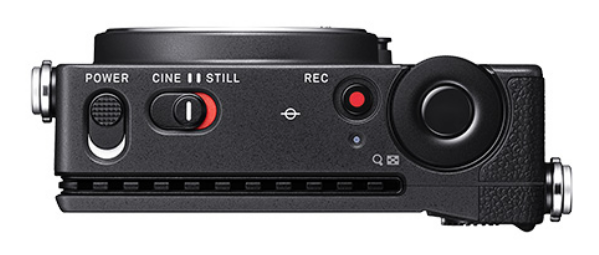
The fp L has the exact same body and button layout as the fp, including the dedicated CINE/STILL switch.
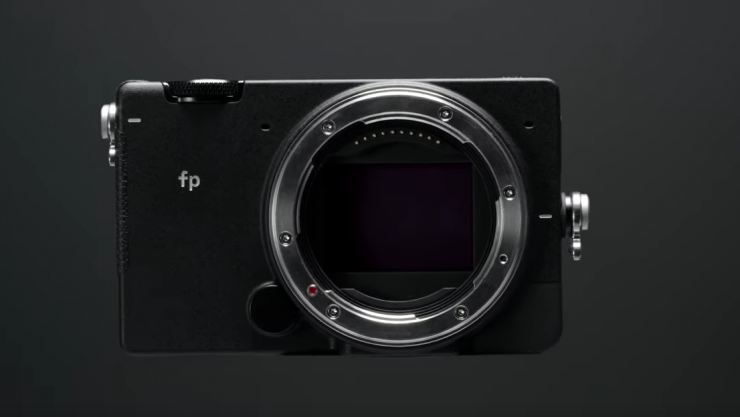
The fp L uses the same Li-ion Battery Pack BP-51as the fp. Sigma claims that the maximum continuous recording time for a single battery is 60 minutes. That is 10 minutes less than the fp.
USB Charging while the camera is on
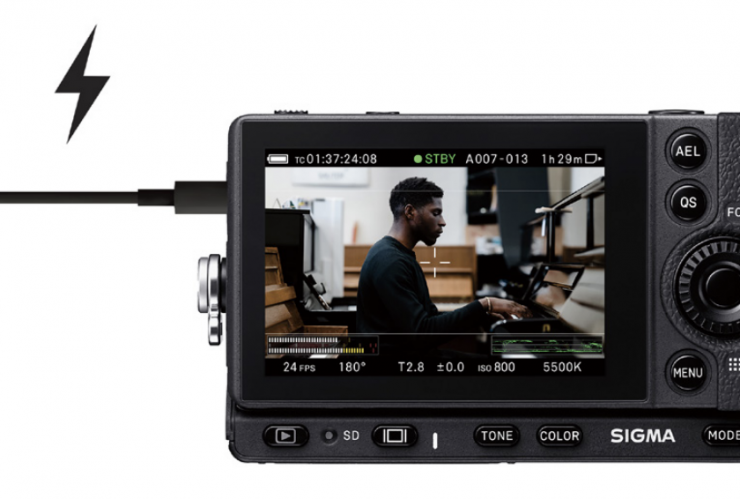
Unlike the original fp, the fp L supports USB charging while the camera is on. You can shoot without interruption while charging the camera using a mobile battery.
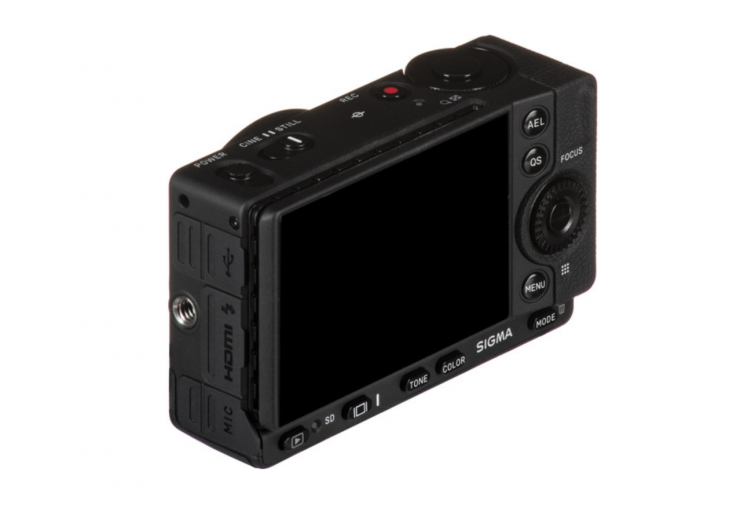
When using it as a webcam, you can connect the fp L to a PC via USB and it works as an audio and video input device while getting its power supply from the PC.
L-Mount
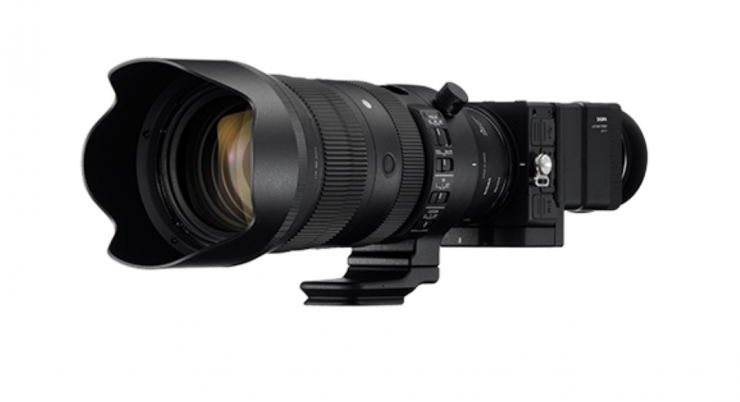
As Sigma is part of the L-Mount alliance, it is no surprise that the fp L, just like the fp utilizes an L-mount. The L-mount features a short flange back, large diameter, and high durability. In addition to being able to select Sigma’s abundant lens products for interchangeable lenses, the L mount alliance with Leica Cameras Inc. and Panasonic Corporation enables lens products from other companies to be used. Furthermore, by using the Sigma MC-21 EF Mount Converter, or the SA to L-mount converter, both Canon EF and Sigma SA mount lenses can be used.
When a DC lens (APS-C lens) is attached, the fp L will automatically crop to the APS-C size angle of view.
The fp supports the ATOMOS Open Protocol. You can use the camera’s operation to start and stop shooting on an external recorder.
Timecode
The fp L supports time code recording. You can select “Free Run” or “Rec Run”. Furthermore, it also supports switching between the two methods of “Drop Frame (DF)” and “Non-Drop Frame (NDF)”, and it is also possible to output time code over the HDMI output.
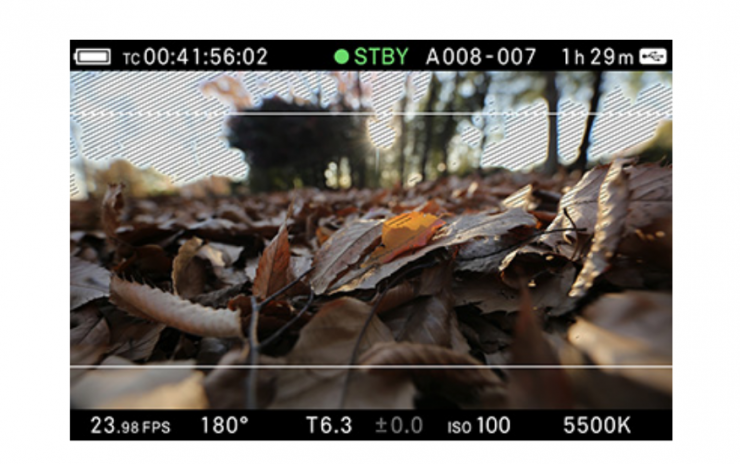
It has a nice clear and fairly concise menu system that comes up on the rear LCD screen that lets you change all of the key video parameters.
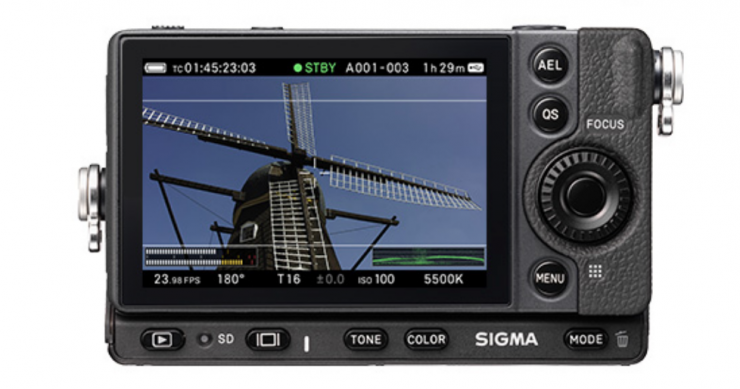
For example, functions such as shutter angle display, waveform display, exposure, color information, zebra pattern, waveform, etc. can be clearly seen. The camera also has peaking.
The screen is a TFT color liquid crystal display with an aspect ratio of 3: 2. It is touchscreen and it has approximately 2.1 million dots.
Color Modes
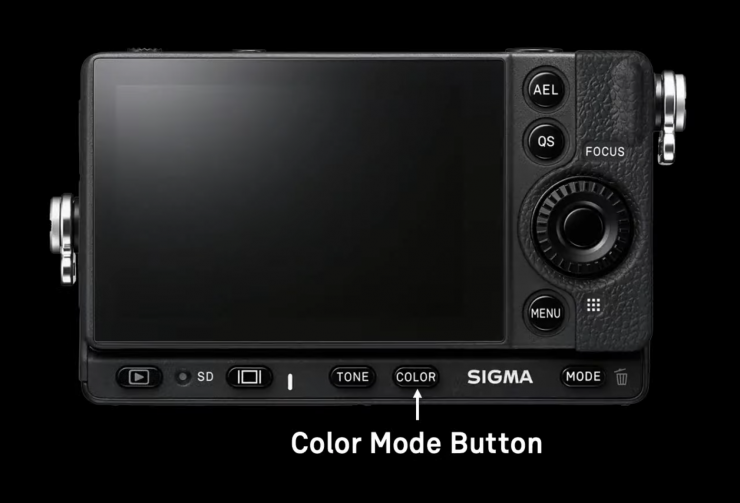
As far as the Color Modes are concerned, there is:
- Standard
- Vivid
- Neutral
- Portrait
- Landscape
- Cinema
- Teal and Orange
- Sunset Red
- Forest Green
- FOV Classic Blue
- FOV Classic Yellow
- Monochrome
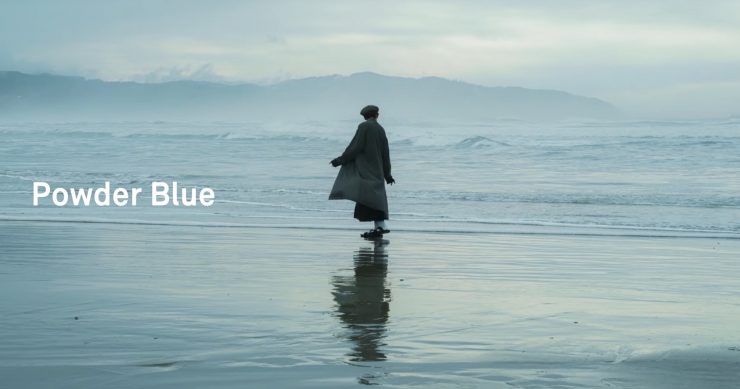
The two new Color Modes that have been added to the fp L are Powder Blue and Duo Tone. The original fp will also get these in future firmware update.
Use it as a Directors Viewfinder
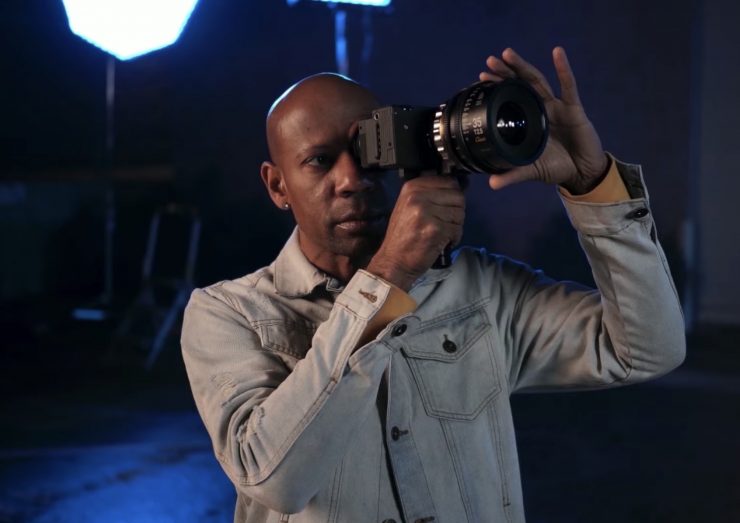
The fp L has a Director’s viewfinder function that can simulate the angle of view and appearance of a cinema camera. This function supports most major manufacturers’ cameras, including the latest large format cameras such as ARRI ALEXA LF and RED MONSTRO 8K, it also supports film cameras and anamorphic lenses.
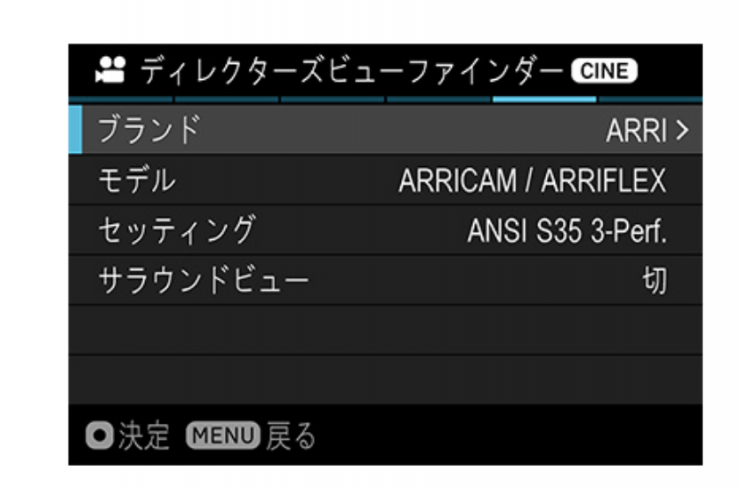
Compatible cinema cameras
- ARRICAM / ARRIFLEX, ALEXA LF / ALEXA Mini LF, ALEXA SXT, ALEXA Mini, AMIRA, ALEXA 65, ALEXA XT
- SONY VENICE
- RED MONSTRO 8K, HELIUM 8K, DRAGON 6K, EPIC MX 5K, GEMINI 5K, KOMODO
Inputs & Outputs
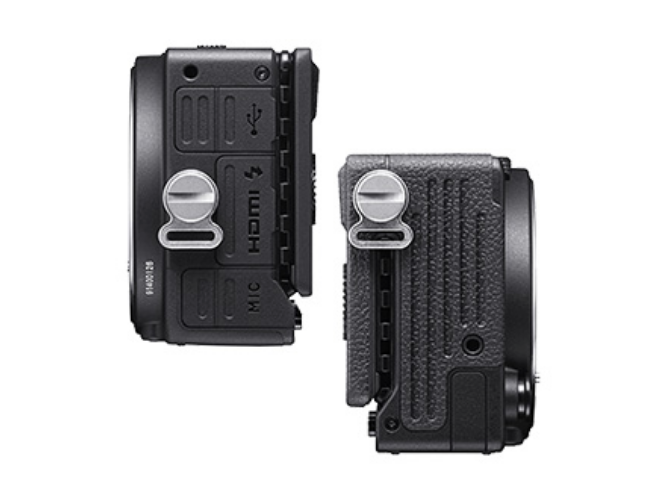
The fp has a 3.5mm mic input, a built-in stereo microphone, and a monaural speaker as well as the following:
- USB3.1 GEN1 Type-C (supports Mass Storage, Video Class (UVC), Camera Control
- HDMI Type D(Ver.1.4)
- Remote port (can be used as an external microphone terminal)
- Timecode Input (can be used as an external microphone terminal)
- External Microphone Terminal Φ3.5 mm stereo mini jack (Plug-in power support)
- Headphone Output Terminal Φ3.5 mm stereo mini jack (can be connected when using the dedicated ELECTRONIC VIEWFINDER EVF-11
- Flash-Syncro Terminal Dedicated terminal with HOT SHOE UNIT HU-11 (supplied with this product)
HDR
HDR images and videos can be generated within the camera by capturing and combining 3 frames for still pictures and 2 frames for moving pictures with different exposures using electronic shutters.
Managing the heat
To keep everything cool, Sigma is utilizing a special heat sink. They have covered the front and back sides with die-cast aluminum alloy because of its thermal conductivity.
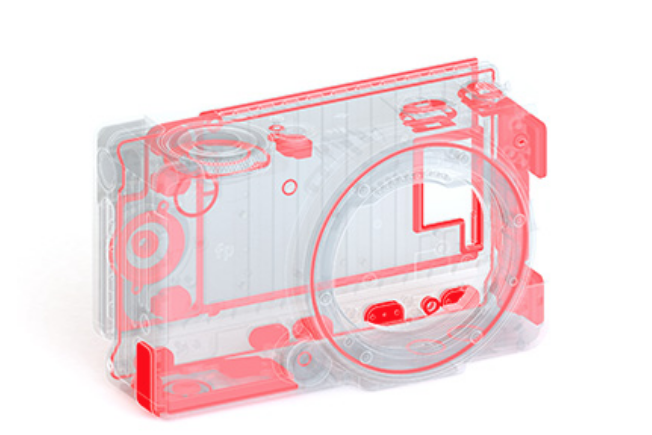
The body of the SIGMA fp L is built with a signature heat sink structure with sealing at 42 points.
Image stabilization & Electronic Shutter
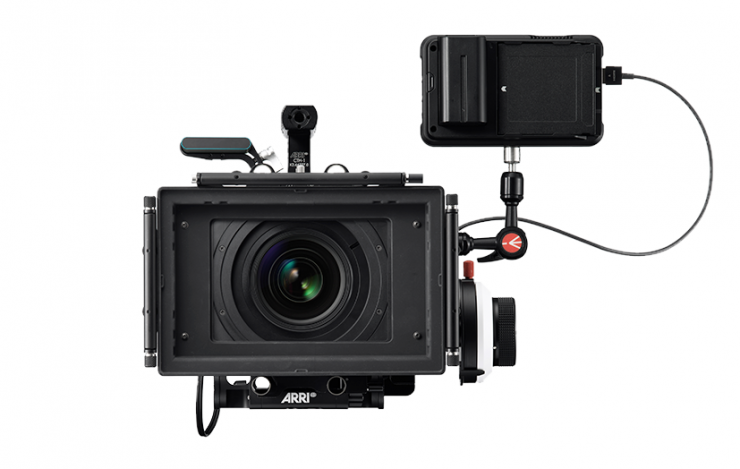
The fp L, just like the fp has what Sigma calls a Full-Time Fast Electronic Shutter and electronic image stabilization.
The camera uses a dedicated lithium battery (Li-ion Battery BP-51). You can charge the fp Cthrough USB, but this is only possible when the camera is turned off.
What media does it record to?
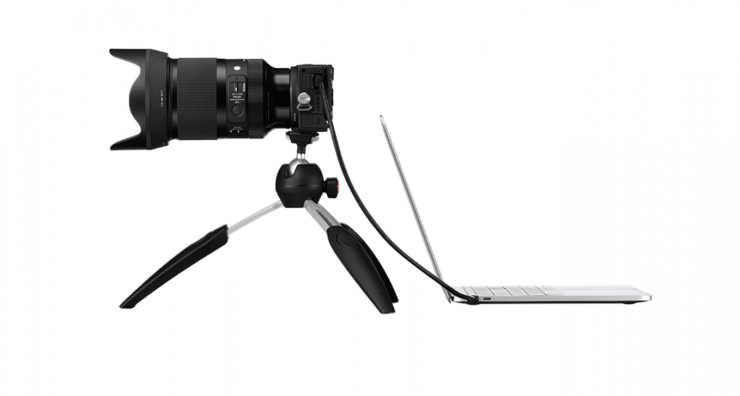
The fp can record to an SD Memory Card, SDHC Memory Card, SDXC Memory Card (UHS-II compatible), as well as a portable SSD (USB 3.0 connection, bus power compatible).
Save / Load Settings
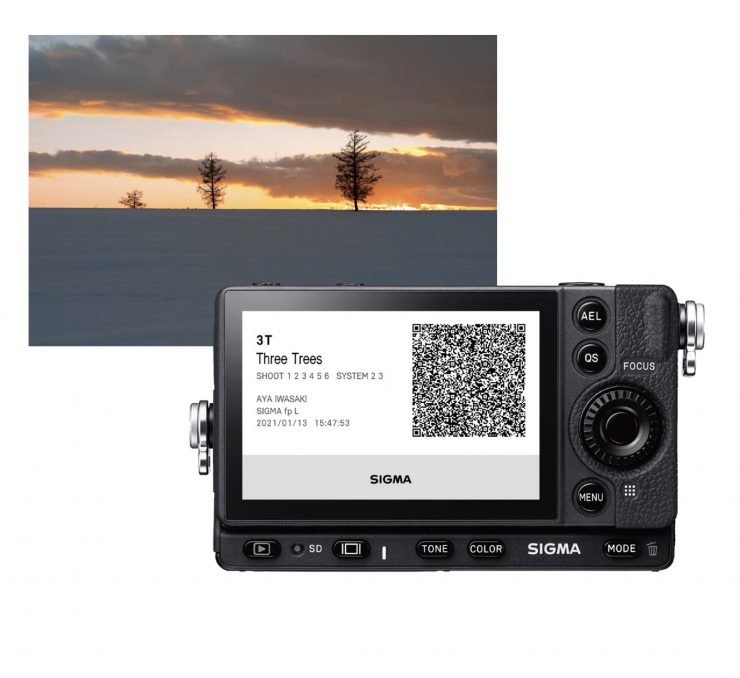
With the fp L, you can save a custom camera setting. These saved settings can be kept as QR code image data, so you can load up settings very quickly. This QR code image data allows users to share custom settings they recommend with one another by exchanging QR codes with other users or sharing them on social media.
Electronic Viewfinder EVF-11
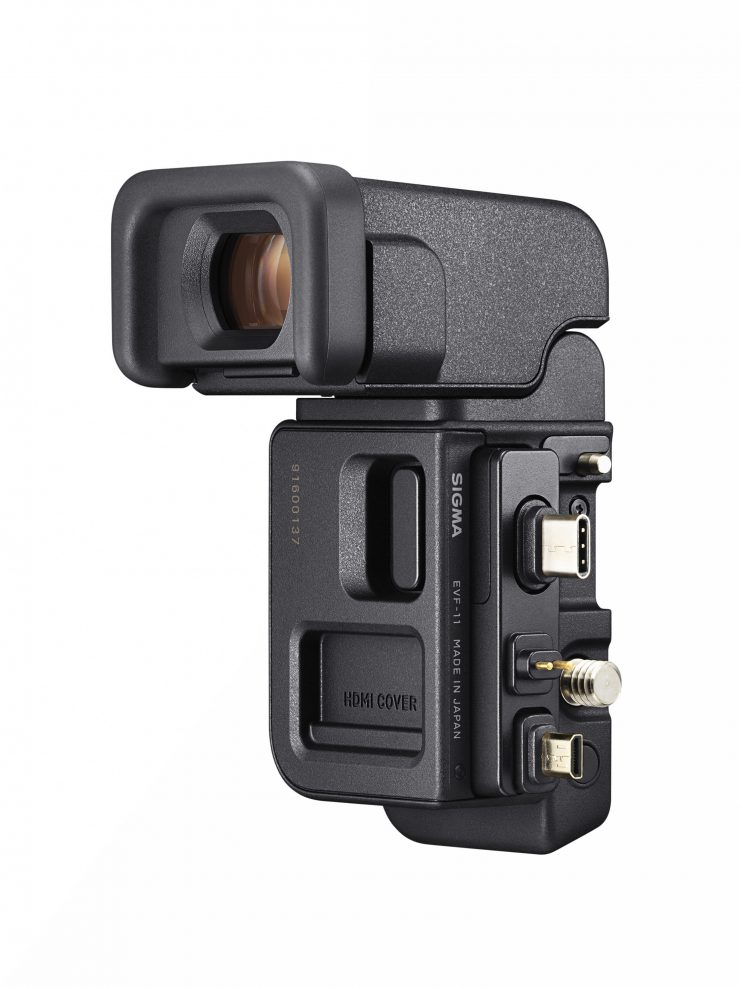
Along with the fp L, Sigma has also announced the EVF-11. This is a compact EVF, that weighs just 114 g / 4.0 oz. It attaches to the side of the fp L (or fp) through the USB-C interface. The EVF itself has both a USB-C input and output. The output is so you can still attach and use an external SSD.
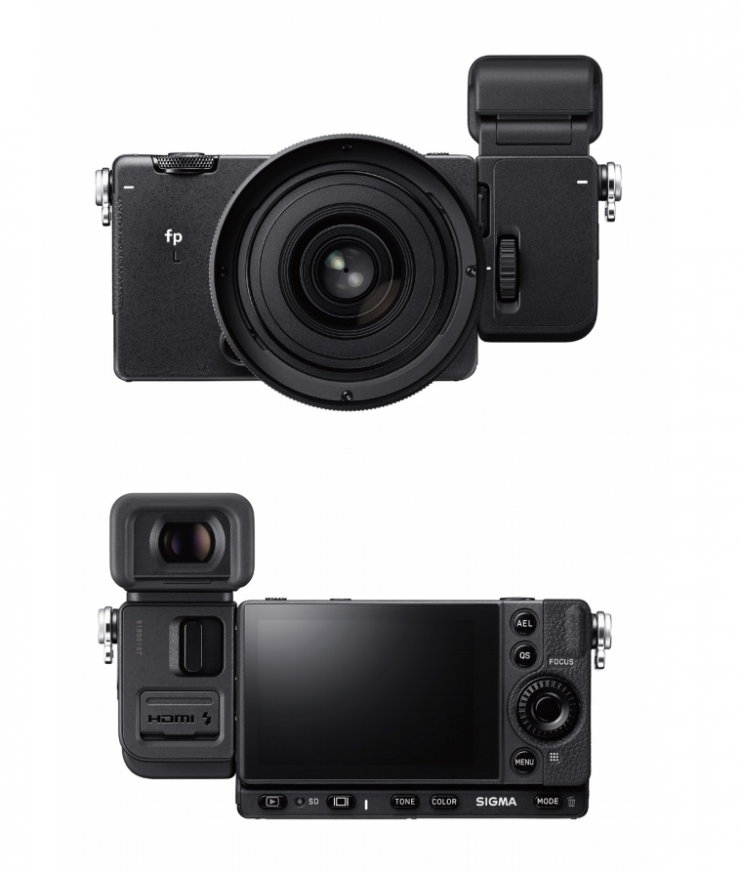
You may also notice that there is an HDMI cover on the EVF. This isn’t actually an HDMI port, it is just where you place the HDMI cover from the camera! There is no way of actually using the HDMI output of the camera when using the EVF. This means you can’t record externally when using the EVF. This is bizarre, to say the least.
It features a 0.5 inch OLED panel with approx. 3.68 M dots (Viewfinder Coverage : approx. 100%).
The EVF can only move up and down, but I like the concept of what Sigma has done. Using the USB-C port to connect to the camera is a smart idea and I am surprised we haven’t seen more options like this on other cameras that are out there.
It is interesting to see both Blackmagic and now Sigma create EVFs for smaller-sized cameras. This is something Sony should have done with the FX3.
What do you get?
- LI-ION battery BP-51, strap, strap holder, USB AC adapter UAC-11, USB cable (AC) SUC-11, hot shoe unit HU-11, body cap, instruction manual, warranty card, warranty sticker
Optional Accessories
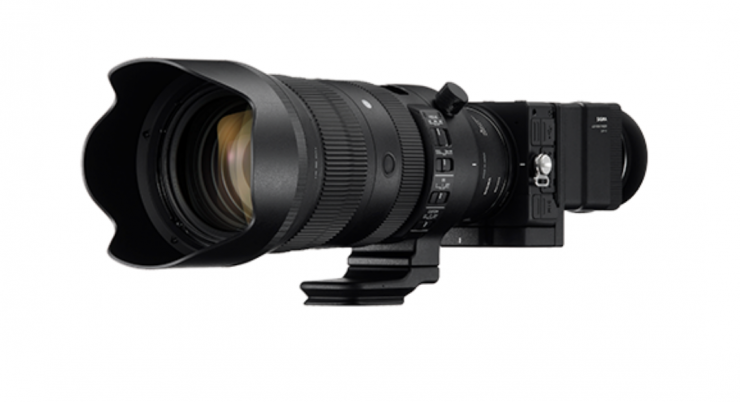
Sigma has a host of accessories for the fp and fp L, including a handgrip, as well as an LCD viewfinder.
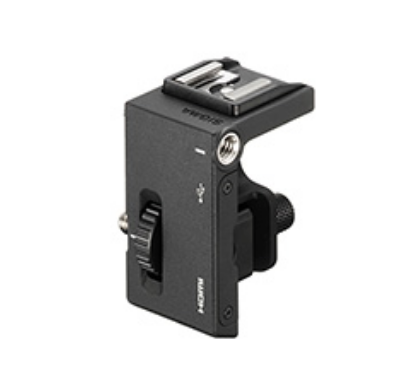
- Hand Grip HG-11
- Large Hand Grip HG-21
- LCD Viewfinder LVF-11
- Base Plate BPL-11
- Cable Release CR-41
- Base Grip BG-11
- DC Connector CN-21
- Battery Charger BC-71
- AC adapter SAC-7P
Price & Availability
The camera will be available for purchase in Mid-April.
The Camera body $2,499 USD. As a comparison, the fp is selling currently for $1,699 USD on B&H.
The EVF-11 is priced at $699 USD, and there is additionally an fp L and EVF-11 kit offered at $2,999 USD.
Thoughts on the fp L
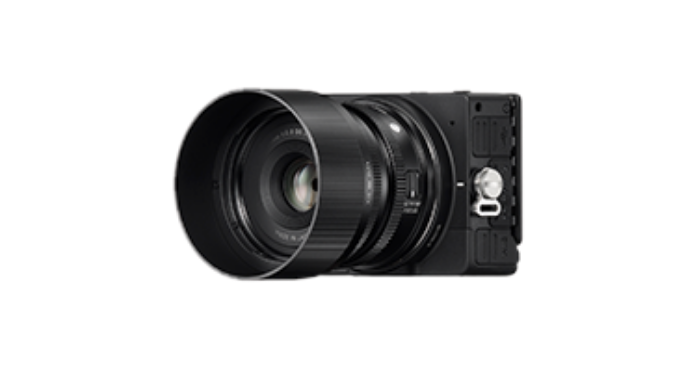
The fp L, just like the original fp looks to be an interesting camera. Yes, it does have a higher MP sensor and better auto focus, but the recording options remain the same. There is still no Log option and no way of recording anything in UHD above 30p. When most of your competition has these abilities you are going to find it hard to win over potential customers. Whether the new additions on the fp L are enough to sway potential buyers of cameras such as the Sony FX3 and the BMPCC 6K Pro will be interesting to see.
I like the addition of the new optional EVF and it is good to see that Sigma continues to think outside of the box.
What do you think about the Sigma fp L? Would you buy one? Let us know in the comments section below.

